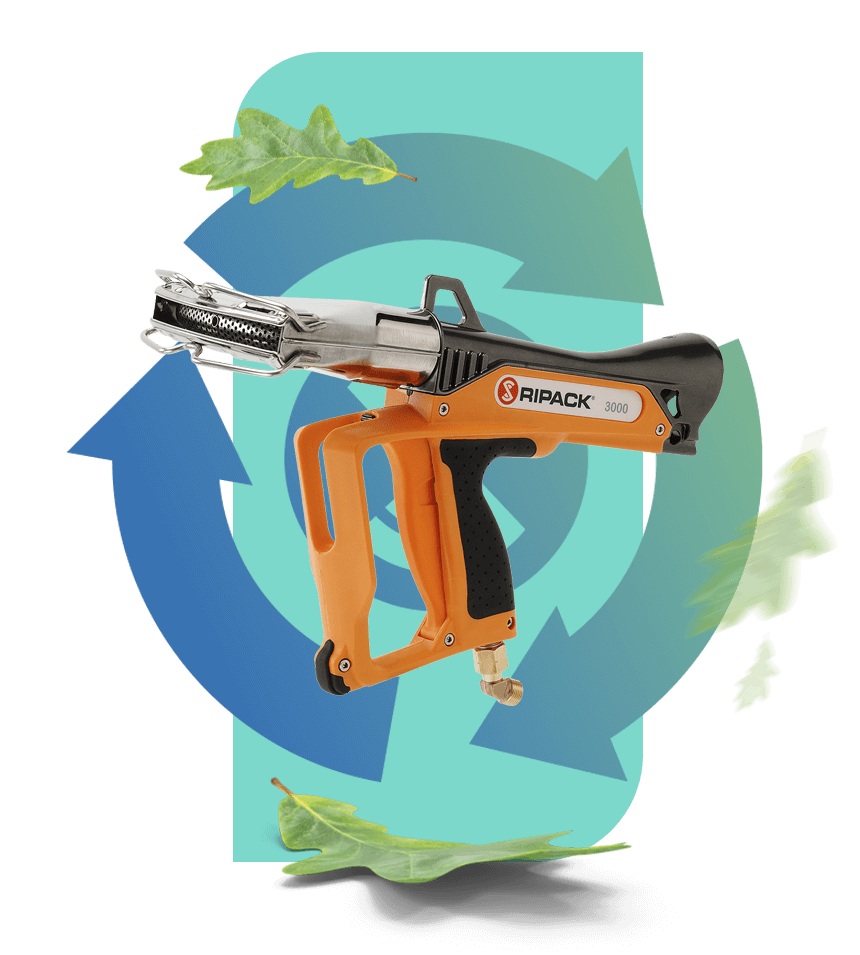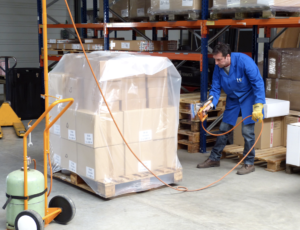The year coming to an end has been particularly intense for Ripack. More than ever, our teams have been out in the field, close to industry professionals, to connect, learn, showcase our solutions, and support our partners. Driven by the desire to move forward together, this momentum has been the guiding thread of a year […]
Why does shrink wrap have less impact on the environment than stretch wrap?
Does shrink wrap have an impact on the environment?
First, shrink film is made of plastic, more precisely called polyethylene. It is the most widely used plastic in the world. It is widely used in areas such as industry, food and health.
There are now technological advances that have made it possible to produce polyethylene from sugar cane. It is still plastic and can therefore impact on our environment if not treated or reused. Fortunately, its recycling capacity is significant, which can give polyethylene the opportunity to have many lives.
Difference in use between shrink and stretch film :
Shrink-wrap and stretch wrap are both based on the elasticity of polyethylene. However, to achieve similar results for pallet protection, the processes are quite different. However, to achieve similar results for pallet protection, the processes are quite different. Shrink film will be heated by hot air to shrink on itself and wrap the pallet, creating a shell.
Stretch wrap, on the other hand, requires the pallet to be wrapped around several times to ensure that it is well protected. In addition, it is necessary to add a polyethylene sheet to protect the top of the pallet. A major problem with this technology is that:
- If the plastic film wraps around the pallet are not tight enough, the contents can move and thus degrade.
- If the plastic film wraps are tight, it is necessary to add strapping around the pallet to avoid distorting the contents and damaging them.
So, we can see that the big difference between these two technologies is the amount of material used. It will be necessary to use much more material with stretch film than with shrink film. Thus, we can see that the impact of shrink film on the environment is less than that of stretch film.
Shrink wrap recycling: what impact?
Industrial LDPE shrink wrap film is 100% recyclable.
It is first processed into granules and undergoes various recycling processes to become successively “agricultural film” and then “bin liners” after a final recycling process, before finally disappearing through incineration.
The possibilities for recycling these materials are numerous and can be achieved without too much effort. Moreover, this represents significant quantities of plastic that can have other lives and thus enter the circular economy with the aim of reducing their impact on the environment.
Thus, Ripack offers you the shrink technology in order to have an effective and environmentally friendly protection.
Ask for a quote on our website!




